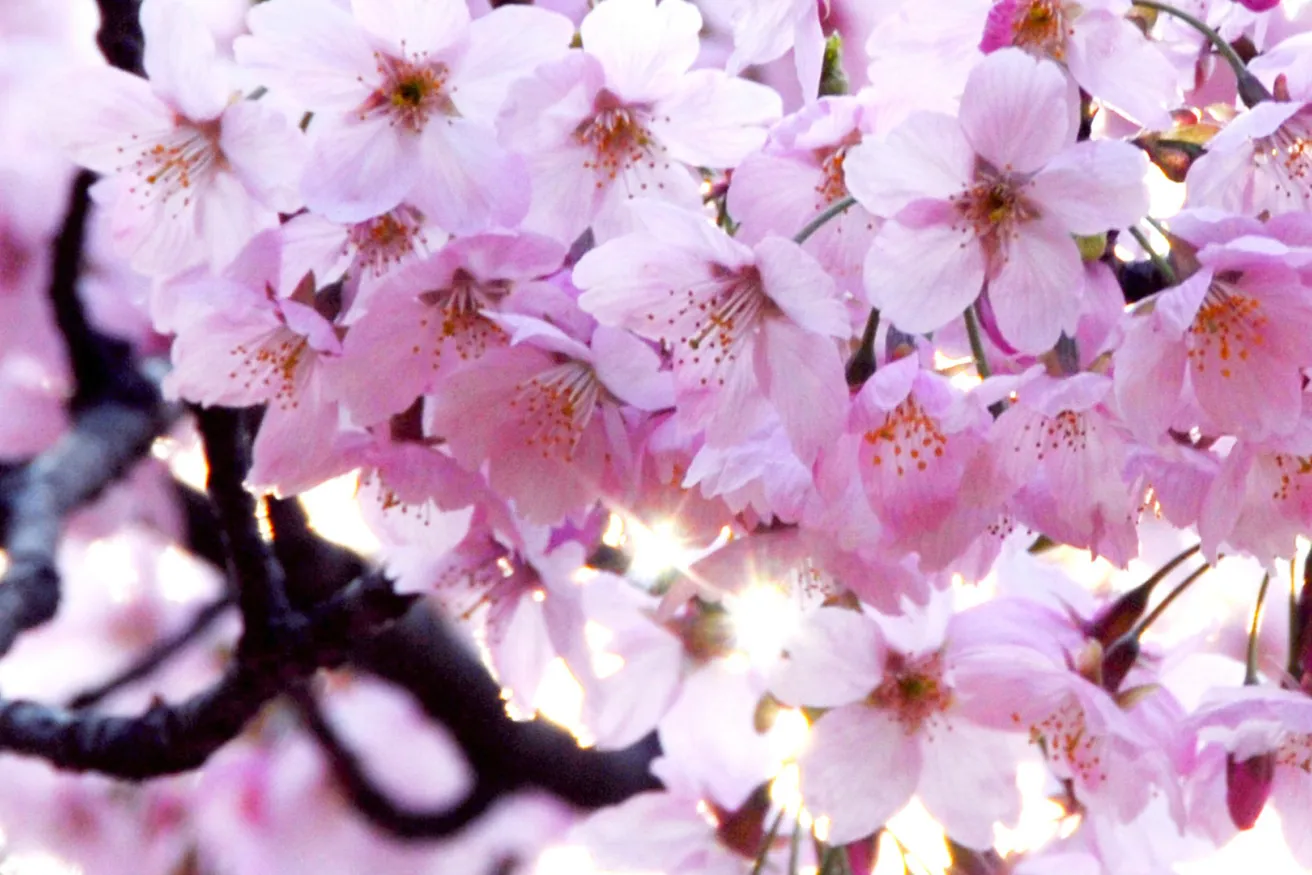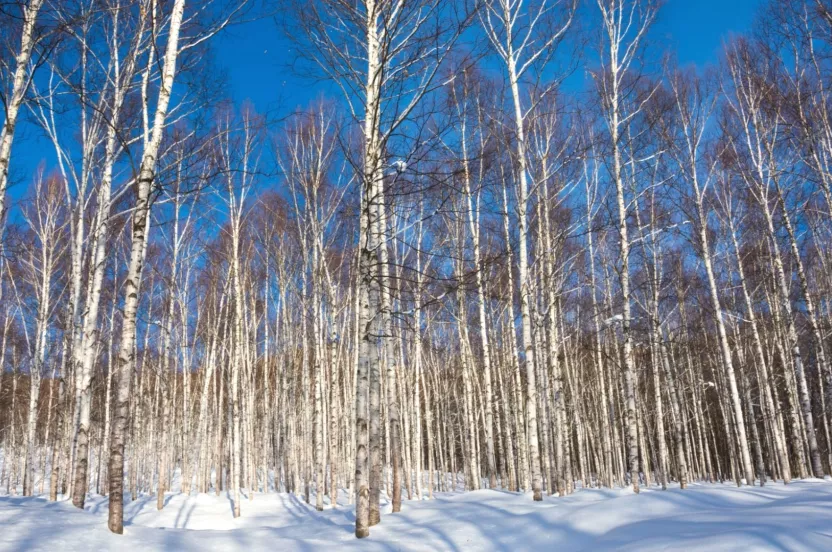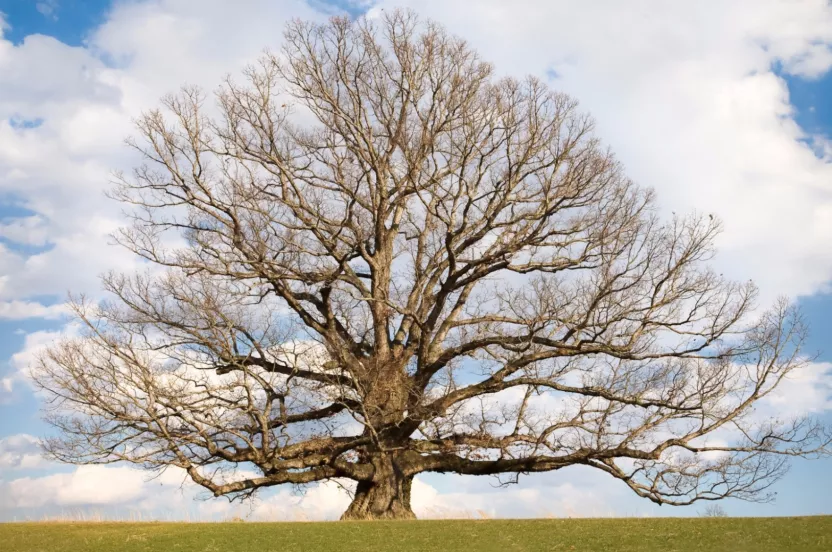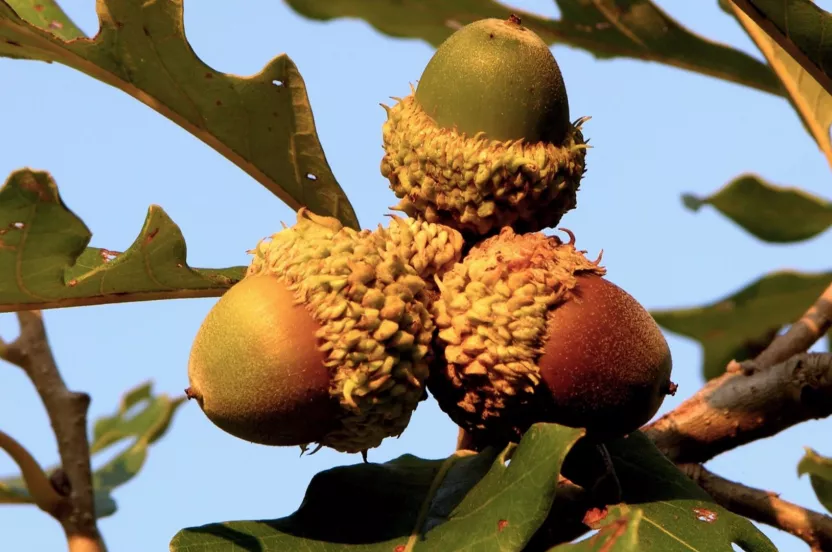The Arbor Day Foundation is pledging 10 million trees to areas impacted by hurricanes Helene, Milton Help us replant
Prunus x yedoensis
An old Japanese legend tells the story of a spring fairy who floats low in the sky, waking the sleeping Cherry trees with her delicate breath, explaining the overnight burst of pink blossoms throughout the land. And while we can’t say for sure whether or not this spring fairy exists, we can agree that there is something purely magical about the faint almond scent and light pink flowers that blanket the earth once they bloom.
Named after the old capitol of Japan, Yeddo, the Yoshino Cherry, also known as the Japanese Cherry Blossom, is among the most popular of all cultivated flowering cherry trees. Three thousand Yoshino cherry trees were gifted to Washington D.C. back in 1912 from Japan as a symbol of friendship and respect. The annual Cherry Blossom Festival in Washington D.C. is a reminder of the lasting beauty of the bond. In addition to its fragrant flowers, the Yoshino produces small black cherries that are popular with birds. What makes this tree even more appealing is its fast growth and tolerance to multiple soil textures.
Here are a few things to note if you’re considering adding one to your yard.
Environmental Conditions:
- Grows best in acidic, loamy or clay soil, but will tolerate sandy (hardiness zones 5-8).
- Medium growing, growing up to two feet a year and reaching 40-50 feet at maturity.
- Does well in full sun and partial shade.
Physical Attributes:
- Blooms pink, fragrant flowers March-April before its dark green leaves develop.
- Produces small, black cherries about ½ inch in diameter.
- Has a distinguished reddish-brown bark with horizontal stripes.
Tag us in a photo of your Yoshino Cherry tree!





